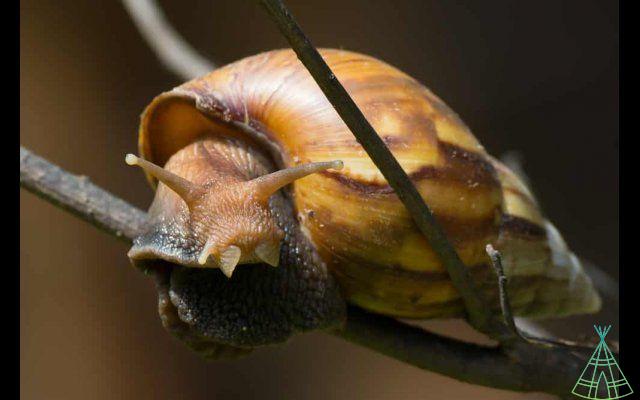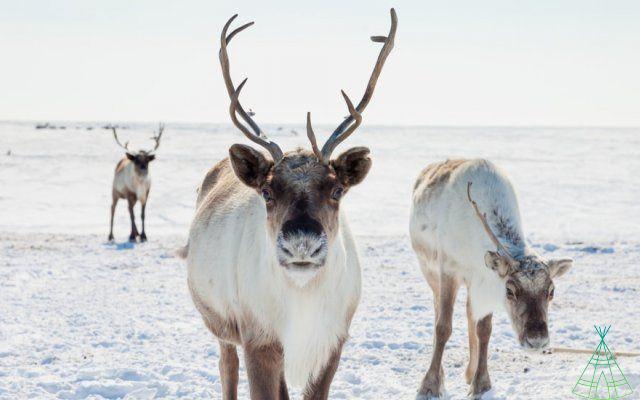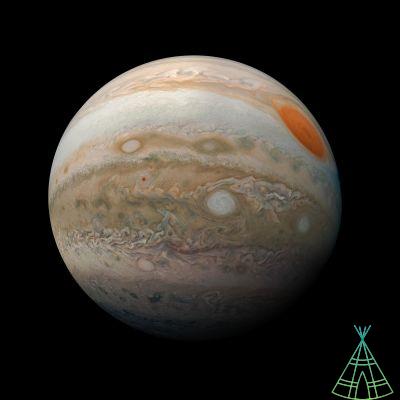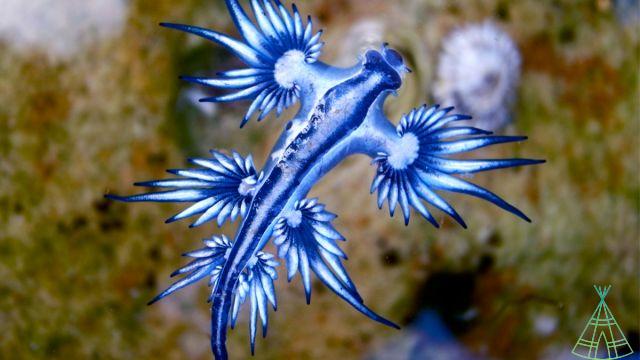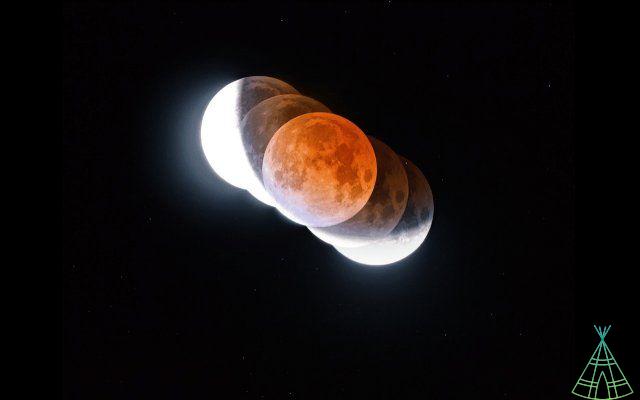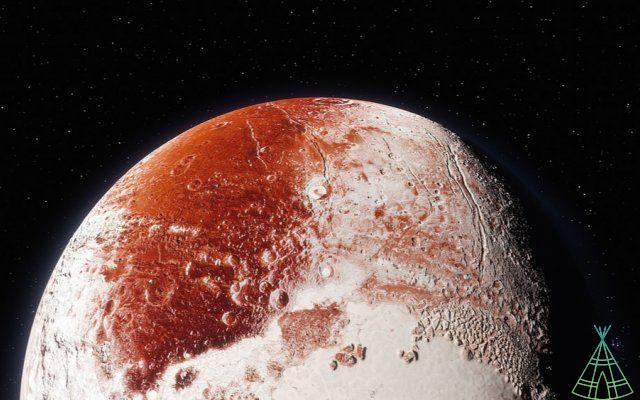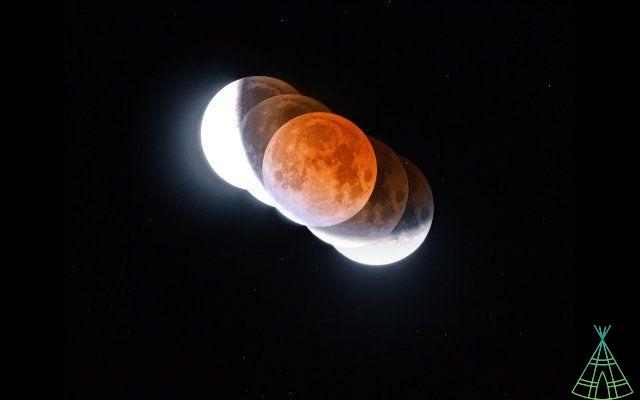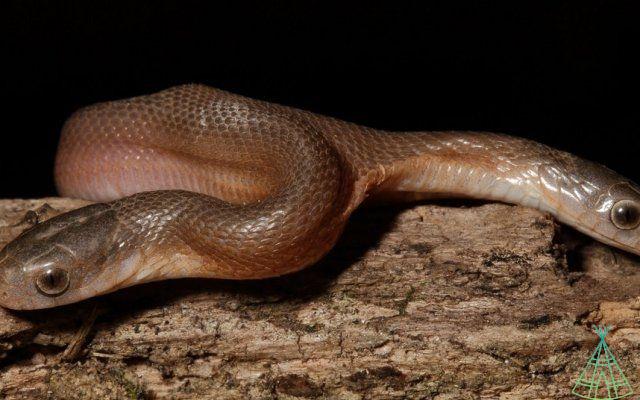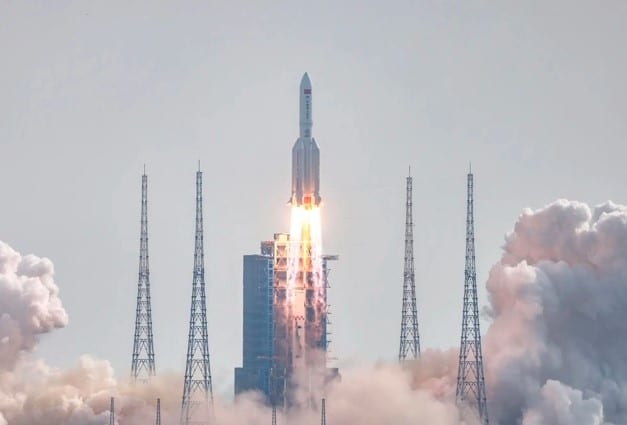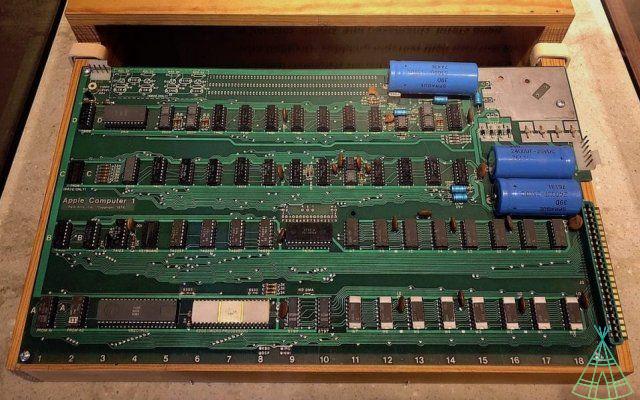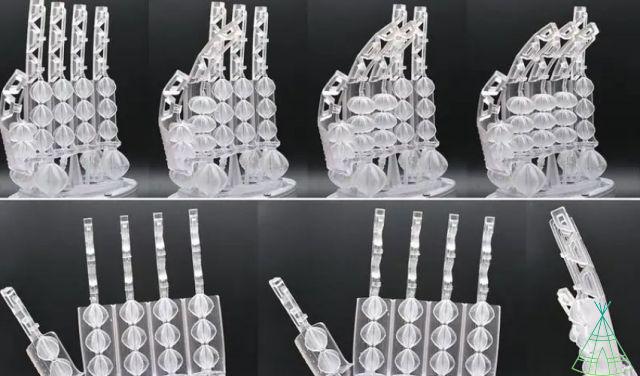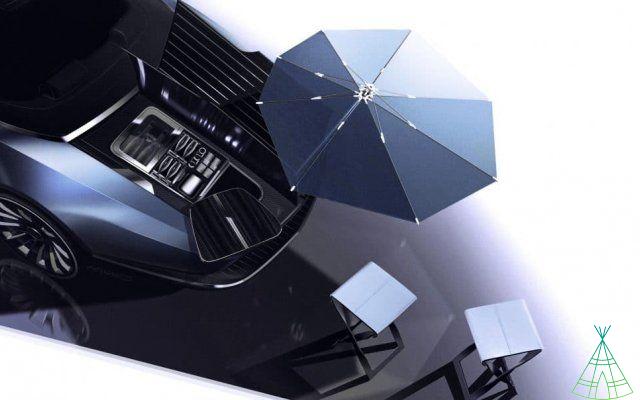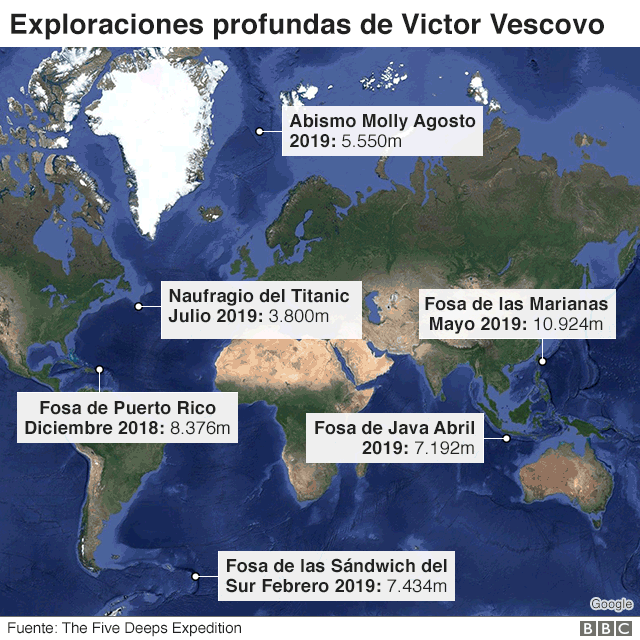Extracted from the flower pistil of the “saffron crocodile”, scientifically called Crocus sativus, “true” saffron is the most expensive spice in the world. It is known that this delicacy has been cultivated for thousands of years in the vicinity of the Mediterranean, but when and where it was first domesticated is still unknown.
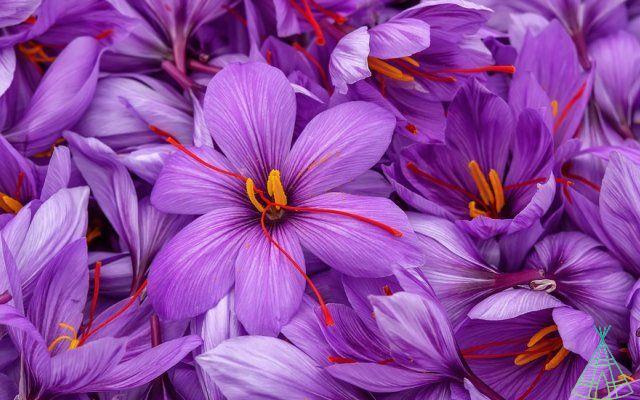
A new study, however, may have unraveled this mystery. And the most interesting thing about this is the relationship between genetics and ancient art made to arrive at this discovery.
In an article recently published by the scientific journal Frontiers in Plant Science, scientists describe how the two paths converge to the same region. "Both ancient artworks and genetics point to Bronze Age Greece, around 1700 BC or earlier, as the origin of saffron domestication," said Ludwig Mann, one of the study's lead authors, a doctoral candidate at Technische Universität Dresden. , in Germany.
Approximately 250 species, the genus Crocus ranges from southern and central Europe and northern Africa to western China. Unlike domesticated saffron, these species reproduce sexually in the wild. The first use of wild crocus by humans was the pigment for cave paintings, around 50 years ago in what is now Iraq. Ancient texts from Sumer, Assyria, and Babylonia also describe the use of wild saffron in medicine and as a dye.
Domesticated saffron does not grow in the wild
Domesticated saffron, on the other hand, does not grow in the wild, and can only be propagated asexually with human help by dividing its underground “corms” — trunk-like storage organs.
The process was first described by the Greek philosopher Theophrastus in the 15th century BC. Today, domesticated saffron is cultivated all over the world, for use in cooking and perfumes, as well as being used as a yellow dye. Between 16 and 370 flowers, which take 470 to 1,3 hours to collect, yield a single kilogram, which can sell for between US$10 and US$6,5 (R$50 and R$XNUMX).
“Finding out where and when saffron was first domesticated is not simple: the species is difficult to study genetically, because it has three copies of each chromosome instead of the usual two, and a large genome containing a high percentage of repetitive DNA that is difficult to sequence," said lead author Seyyedeh-Sanam Kazemi-Shahandashti, a doctoral student at the Institute of Bio and Geosciences at the Jülich Forschungszentrum research center in Germany.
“o there are no remains of saffron ancestors preserved from ancient times, here we revisit ancient works that depict saffron-like plants. We were hoping this could point us to specific regions.”
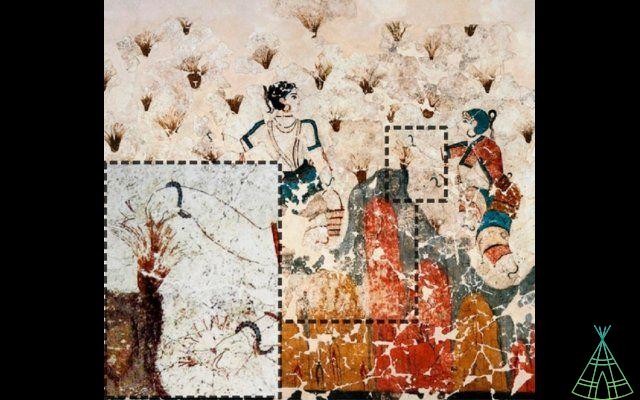
Read more:
- Fossils of children's hands and feet found in the world's oldest prehistoric parietal art
- Japan recreates Buddhist mural destroyed by the Taliban in Afghanistan
- New stable plant from the onion family discovered by Indians
The authors argue that artworks from the Minoan civilization of ancient Greece are probably the earliest to depict domesticated saffron. For example, the dense patches of crocodile crocodile flowers on the “The Saffron Collectors” fresco from the island of Santorini (approximately 1600 BC) suggest cultivation. Another fresco on the same island, “The Adorants”, shows long dark red stigma flowers that fly over dark violet petals, typical of domesticated saffron. Flowers these traits are also depicted on ceramics and textiles from Bronze Age Greece. In Egypt, tombs from the XNUMXth and XNUMXth centuries BCE depict ambassadors from Crete paying tribute in the form of saffron-dyed textiles.
Researchers investigate causes of regional variations
This thesis of origin in Bronze Age Greece agrees with the results of genetic studies from 2019, which showed that Crocus cartwrightianus, which only exists in mainland Greece and Crete, is saffron's closest wild relative.
According to the authors, modern saffron and its three genomes arose spontaneously in nature, exclusively from C. cartwrightianus or from hybrids between C. cartwrightianus and another species. Saffron would then have been retained by the Bronze Age Greeks because of its superior qualities as a spice.
According to Tony Heitkam, leader of the Plant Genomics group at Technische Universität Dresden and one of the authors of the study, the team will continue to track the properties of saffron. “Around the world today, all saffron crocodiles are effectively clones that date back to the emergence of saffron in ancient Greece. However, despite sharing the same genome, saffron can have different properties depending on the region. Let's start investigating the molecular causes, in particular the so-called epigenetic differences, for this regional variation”.
Have you watched our new videos on YouTube? Subscribe to our channel!




